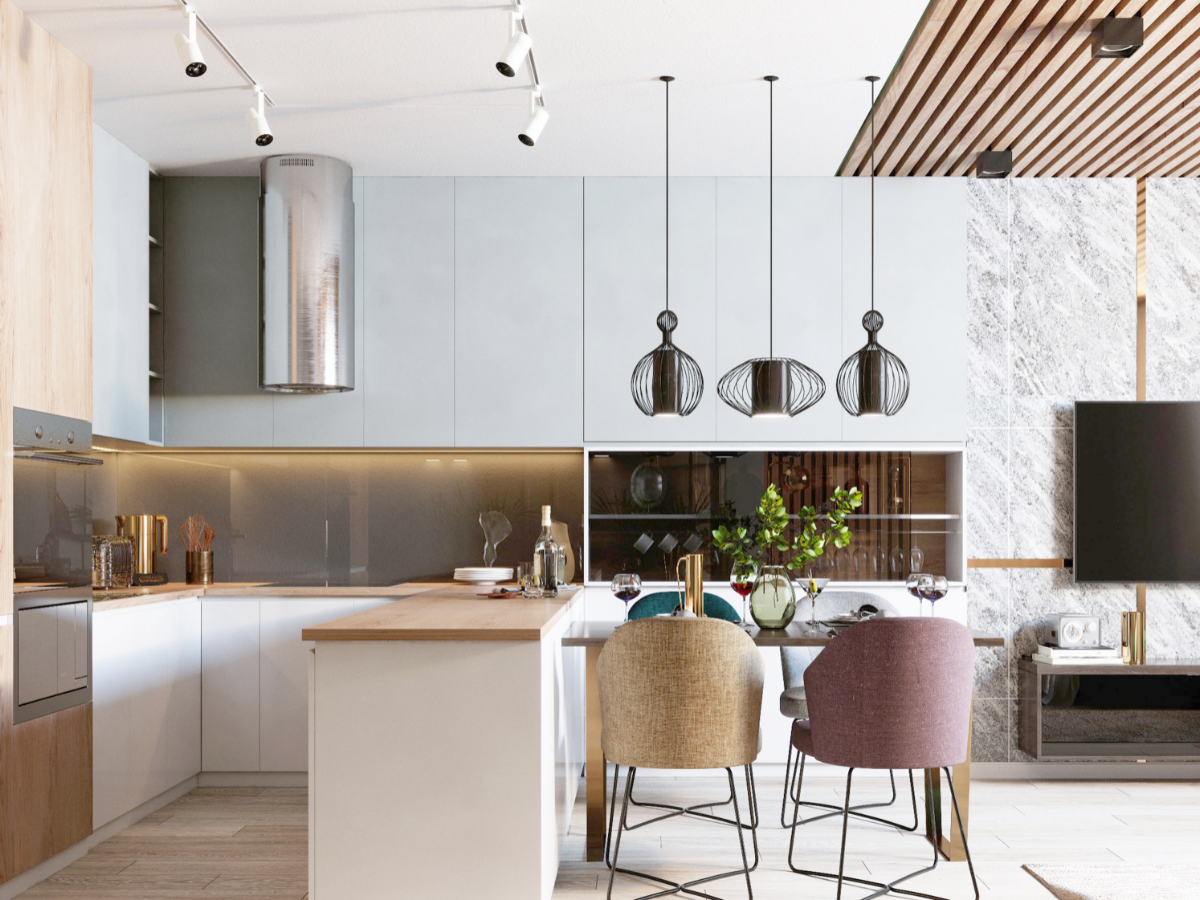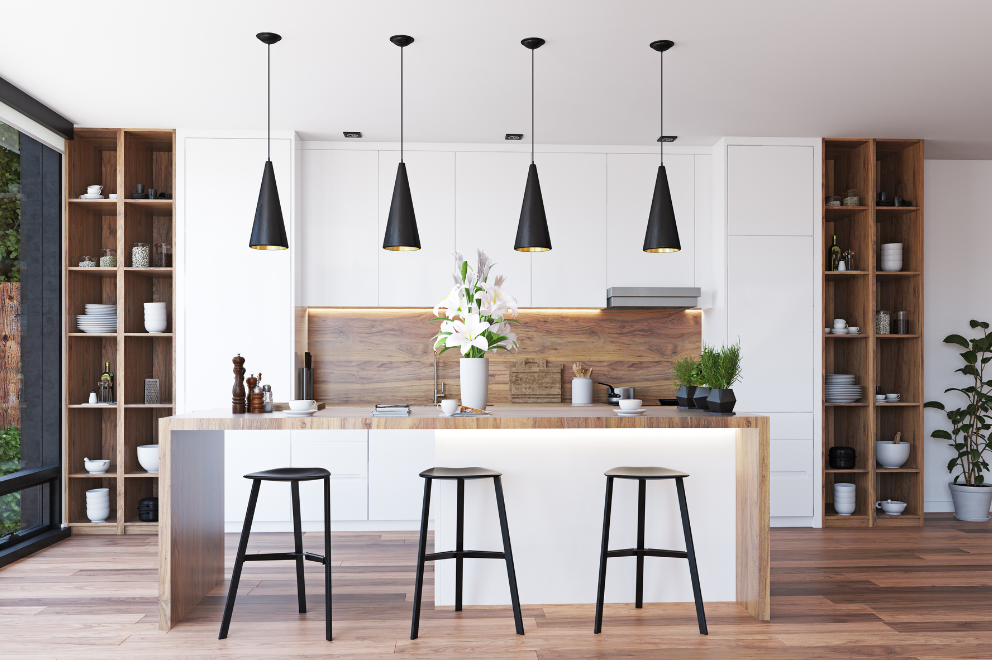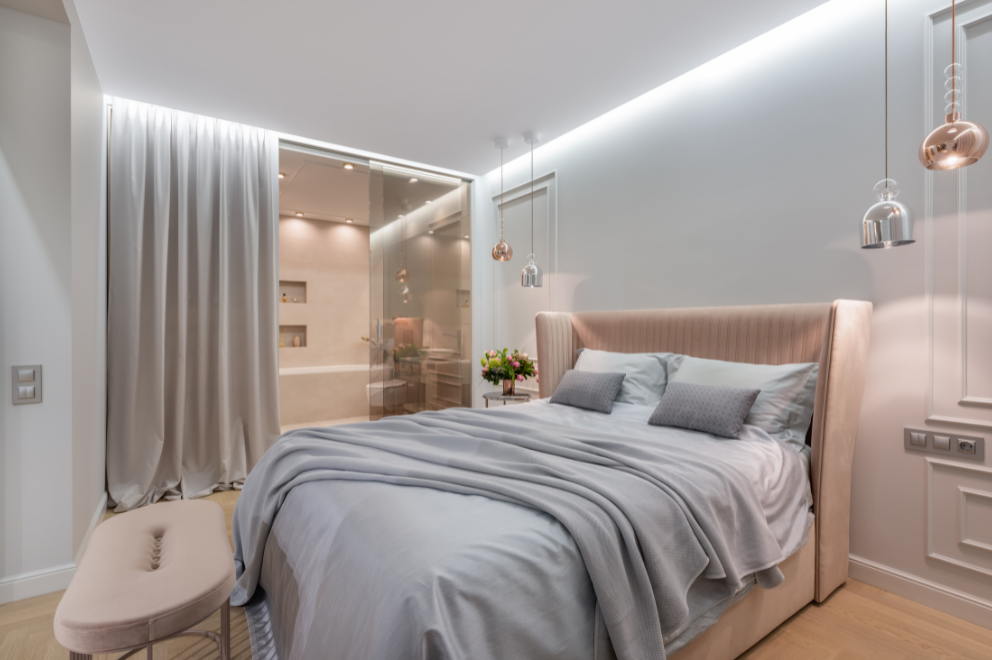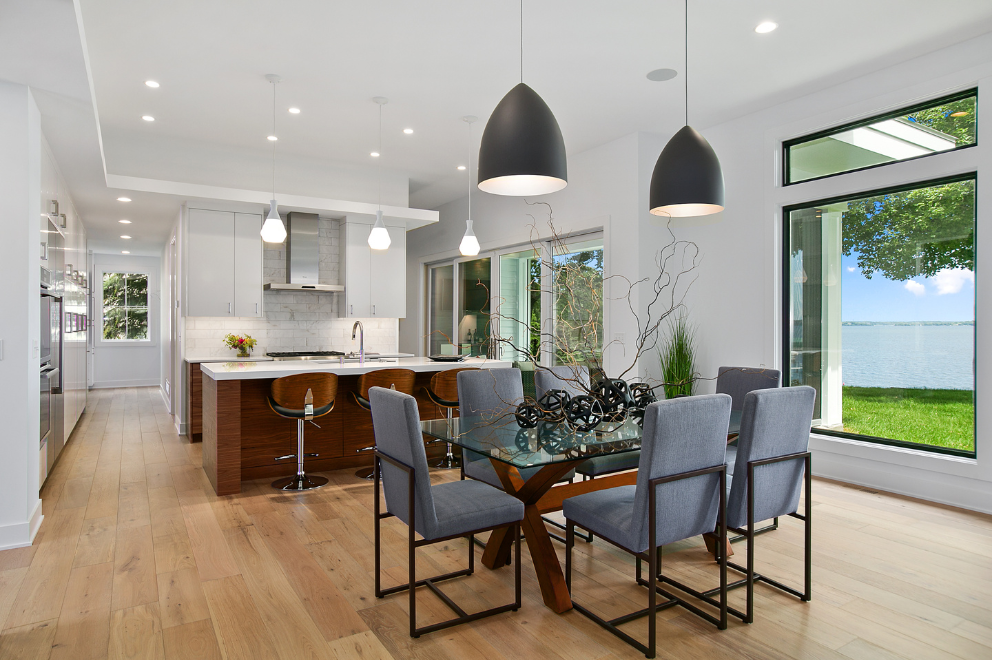
The world of interior design has long been a realm of human creativity and imagination.
However, with the rapid advancements in artificial intelligence (AI), the industry is witnessing a transformative shift.
AI is no longer just a tool for data analysis; it has become an indispensable partner in the design process.
In this article, we will delve into the realm of AI-assisted interior design and explore the various ways in which AI can elevate your design skills.

AI in interior design means applying AI technologies to the design process to make it faster, more personal and more innovative. By using machine learning and data analysis AI tools can help designers create spaces that are beautiful and functional and tailored to individual tastes.
This technology in interior design is changing how designers think, visualize and execute their ideas and the industry.
AI is changing the interior design world through personalization, efficiency, and creativity. As technology advances the integration of AI into design will only get more and more innovative for designers and homeowners.
AI and humans together. That’s the future of interior design. Faster, better, for you.

Successfully utilizing AI in interior design can significantly enhance creativity, efficiency, and client satisfaction. Here are some tips to effectively integrate AI tools into your design practice:
You have to approach AI with an open mind. AI tools are meant to help not replace human designers. There is a learning curve but experimenting with different AI tools will get you more comfortable with them in your workflow. Over time you will get to know the quirks of each tool and can use them to supercharge your design process.
Not all AI tools are created equal so do your research to find the tools that fit your needs. Whether you need help with ideation, space planning or client presentations, find the right tools and you will streamline your workflow and supercharge your design skills. Look for tools that fit your design style and the types of projects you do.
AI can analyze client preferences and past design choices so you can make personalized recommendations. Use AI driven insights to tailor your design proposals so they speak to your clients tastes and lifestyles. By incorporating AI into your client interactions you can make the experience more engaging and relevant.
AI powered visualization tools like augmented reality (AR) and virtual reality (VR) can create immersive experiences for clients. These tools allow clients to walk through their redesigned spaces so they can understand your vision and provide feedback. By using these technologies you can improve client communication and satisfaction.
AI can help optimize space planning and material selection based on client preferences, budget, and sustainability. Furthermore, by using AI for these tasks, you can save time and ensure your design choices meet both aesthetic and functional requirements. As a result, this frees you up to focus on the creative parts of your projects
The field of AI is moving fast and staying up to date with the latest trends and best practices is key. Commit to ongoing education and experimentation with new AI tools and technologies. By staying current with AI you will stay ahead of the curve in the ever changing world of interior design and continually improve your design process.
Think of AI as a design partner. By using AI tools to generate ideas, streamline your workflow, and supercharge your creative output all while staying true to your unique style, you can achieve solutions that go beyond traditional design.
While AI has many benefits, it’s important to remember that human creativity and emotional intelligence are not replaceable in interior design. Therefore, use AI to enhance your skills, but make sure your personal touch and understanding of client needs are at the heart of your design practice. Ultimately, technology and human insight together will result in more meaningful designs.

AI can be a valuable resource for home inspiration, offering innovative ways to visualize and enhance your living spaces. For instance, here are some key uses for AI in home design:
AI can help homeowners generate design ideas based on their tastes. Upload a photo of your space and get multiple design renderings, with different styles and layouts. Choose from advanced options to customize themes, colour palettes and features, so you can see what’s possible.
AI applications allow you to create custom design inspiration by inputting specific prompts about the elements you want, like colours, materials and styles. This is especially useful when you have a specific vision that’s hard to find in existing images or designs.
AI lets you upload images of your current space and see hyper-realistic renderings of potential redesigns. Instant visualization so you can make informed decisions about decor and layout changes without having to do all the manual planning.
AI can analyze current trends and suggest ideas that fit the style. Useful for homeowners who want to stay on top of the latest looks and bring them into their own space.
Using AI for home inspiration can kickstart creativity by giving you so many ideas and styles you wouldn’t have thought of. So you can have more personal and unique designs than you can use.
Planner 5D is a popular platform to create detailed interior designs. The Smart Wizard is the key feature that helps to generate furniture arrangements and styles in no time. Users can upload 2D plans or photos of the space and get instant design suggestions based on their preferences and functional needs.
With over 10 million users, Homestyler is an AI visualizer trusted by many. It has 3D floor planner, virtual studio and design idea generator. Also it supports team collaboration, so perfect for projects that need input from multiple designers.
Leaperr is a new AI platform that uses advanced machine learning to create realistic renderings and interactive designs. Still in beta, it will change the way we design by allowing users to design and redesign spaces from scratch in minutes.
This tool is great for early ideation, designers can input photos of existing spaces and select styles to get multiple design proposals. It also has virtual staging, to furnish empty spaces with text prompts.
AI in interior design offers a range of advantages and disadvantages that can significantly impact the design process. Here’s a detailed overview:
Many AI tools are designed to be user friendly, non designers can create and visualize their spaces easily. Homestyler and Planner 5D have intuitive interfaces and drag and drop features, so anyone interested in interior design can use it regardless of their experience.
AI can enhance and streamline many parts of the design process but will never replace human interior designers. AI lacks emotional intelligence, creativity and ability to understand client’s nuances. Instead AI should be seen as a supporting tool that complements human designers.
AI gives design recommendations by analyzing data from previous projects, client’s preferences and current design trends. By understanding individual’s tastes and lifestyle AI can suggest design options that resonate with clients and overall experience.
Yes, AI will change interior design. As technology advances AI will play a bigger role in design process, personalization and making design services more accessible. The combination of AI and human designers will shape the future of the industry and will bring more innovative and efficient design solutions.
AI is changing the face of interior design by making it more efficient, personal and creative. While it gives us powerful tools to simplify and inform, the human touch is irreplaceable in creating meaningful and emotive spaces. By using AI as a tool, interior designers can use technology to lift their work and get more innovative and client led design solutions. As the industry moves forward the partnership between AI and human creativity will shape the future of interior design and make it more accessible and exciting than ever.

Ethan Carter, an alumnus of NYU with a degree in fine arts, is renowned for his eclectic design style. His work since 2013 has brought vibrant color schemes to life. Joining our team in 2018, Ethan has been a voice for creative, out-of-the-box home transformations. In his free time, he explores vintage markets for unique design pieces.

Hi there! I’m Aisha Harper. With a background in exploring breathtaking destinations and a deep appreciation for creating warm, inviting spaces, I’ve combined my passion for adventure and home into a fulfilling career. From scaling mountains to styling living rooms, I love blending the thrill of the outdoors with the comfort of home, inspiring others to do the same.